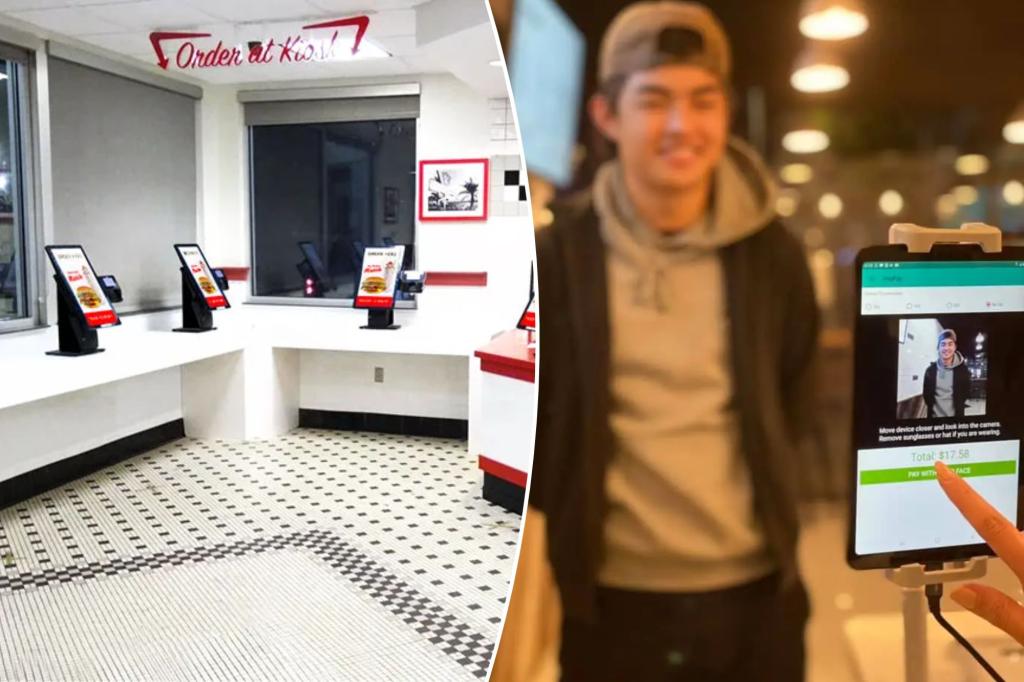Biometric technology, such as facial ID payment systems, is becoming more prevalent in everyday establishments, allowing users to simply look at a camera to verify their identity and make transactions. Companies like PopID are introducing this state-of-the-art technology in various locations across the U.S., including at fast-food chain Steak ‘N Shake and at the futuristic restaurant CaliExpress in California. Experiments with the technology have been successful, with a majority of users indicating that they would recommend it to others.
Mastercard has also been expanding the use of biometric technology to Asian Pacific nations, with a focus on using biometrics as a secure way to verify identity and replace traditional passwords. However, concerns about the collection and storage of sensitive biometric information have led to legal troubles in some cases, such as a lawsuit against Target for allegedly illegally collecting customer biometrics and against T-Mobile stores for using anti-theft facial readers. Amazon has also faced allegations of illegally using employee facial scans.
Despite these legal challenges, PopID CEO John Miller predicts a major year for the technology, with recent deals being signed with JP Morgan for both face and palm readers. Palm reading technology has gained more familiarity in the U.S., with all Whole Foods locations implementing it in partnership with Amazon. Some users, like MJ Jervinsky, have expressed no issues with providing their information for biometric payment systems, finding it more convenient than traditional methods.
Overall, biometric technology is rapidly changing the landscape of payment systems, with facial ID payment systems offering a quicker and more convenient alternative to traditional methods. While legal concerns have arisen regarding the collection and storage of sensitive biometric information, companies like PopID are continuing to push for the widespread adoption of this technology. With partnerships being formed with major companies like JP Morgan and Amazon, the future of biometric payments looks promising and is expected to continue expanding into other markets.


